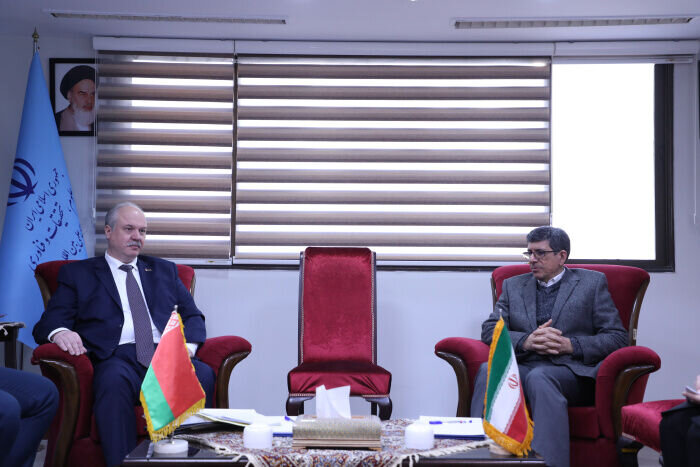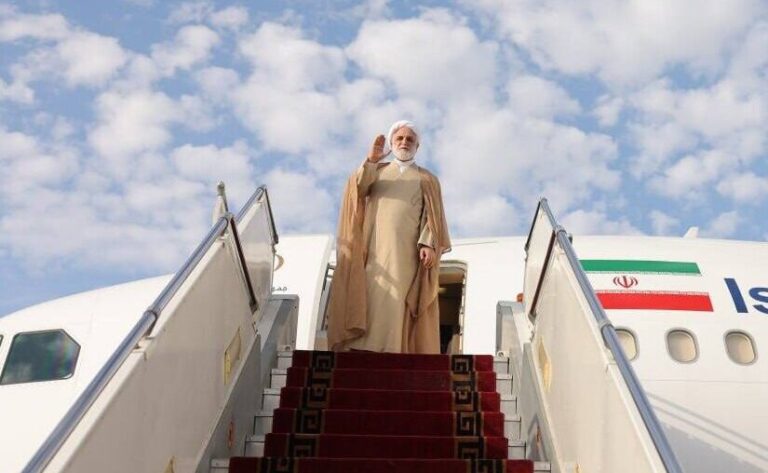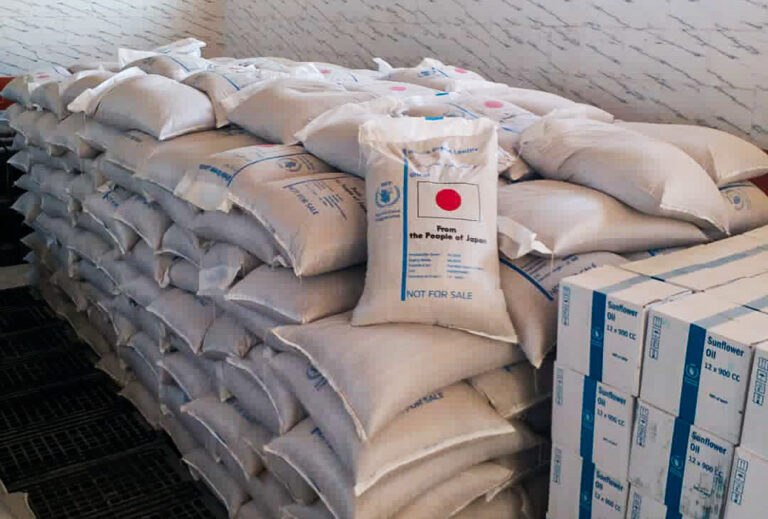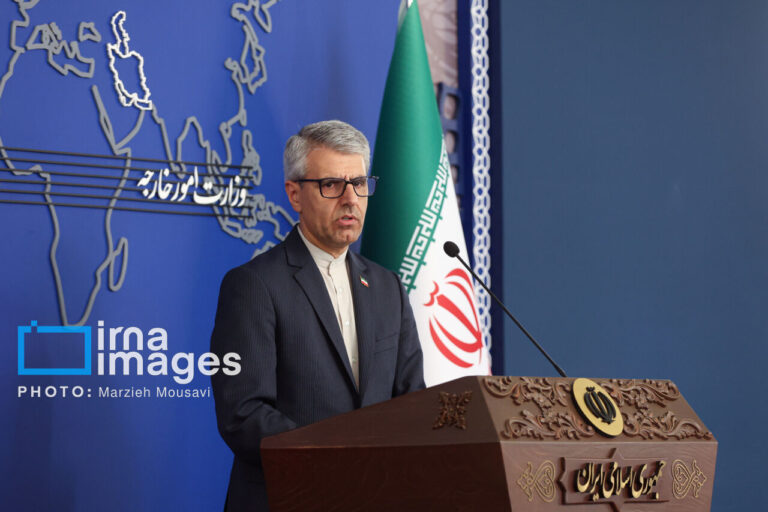Iran and Belarus Unite for Innovative Scientific Collaboration: Launching a Joint Cooperation Committee
The recent agreement between Belarus and Iran marks a significant milestone in scientific collaboration. The Belarusian ambassador to Iran, Dmitry Koltsov, and Farhad Yazadandoost, the chairman of the Center for International Scientific Cooperation of Iran’s Ministry of Science, Research and Technology, have set the stage for a joint scientific committee aimed at enhancing cooperation in various fields.
This agreement was formalized during a meeting held in Tehran on Wednesday, where both officials expressed their commitment to fostering a strong relationship between their countries. Here are some key highlights from the discussions:
- Expansion of Collaborative Efforts: Yazadandoost emphasized the need to broaden partnerships, particularly in areas involving knowledge-based companies, startups, and biotechnology.
- Overcoming Communication Barriers: The Iranian official acknowledged previous challenges in establishing direct communication between universities but expressed optimism about improving academic interactions in the future.
- Successful Precedents: The meeting recalled past successful collaborations, including the visit of Iran’s former science minister to Belarus, which set a positive foundation for future endeavors.
- Readiness for Cooperation: Iran’s top universities are eager to collaborate with their Belarusian counterparts, demonstrating a strong willingness to engage in scientific exchanges.
- Opportunities in Various Fields: Ambassador Koltsov highlighted opportunities for collaboration in fundamental and applied sciences, including physics, chemistry, and advanced technologies.
The agreement to establish a joint scientific committee this spring is a crucial step towards realizing these ambitions. The Iranian Ministry of Science has expressed its readiness to facilitate cooperation between institutions from both countries, ensuring that the collaboration is not only theoretical but also practical and impactful.
Ambassador Koltsov’s remarks further emphasized the importance of this collaboration, stating that the potential for joint projects could lead to significant advancements in scientific research beneficial to both nations. He noted that by leveraging each country’s strengths, they could achieve remarkable outcomes in various scientific domains.
As the two countries prepare to embark on this collaborative journey, the establishment of the joint scientific committee is expected to enhance the flow of ideas and innovations. This initiative will pave the way for:
- Increased Academic Exchange: Facilitating the mobility of scientists and researchers between Iran and Belarus.
- Joint Research Projects: Engaging in collaborative research that aligns with both countries’ scientific goals.
- Workshops and Conferences: Organizing events to share knowledge, techniques, and advancements in various scientific fields.
This agreement is not only a testament to the growing relationship between Belarus and Iran but also a reflection of their dedication to advancing science and technology. Both nations stand to benefit from a partnership that promotes innovation and addresses global challenges through collaborative research.
In conclusion, the formation of a joint scientific committee represents a significant development in Belarus-Iran relations, particularly in the scientific arena. As both countries work towards enhancing their cooperation, the potential for groundbreaking discoveries and advancements in knowledge-based sectors appears promising. This initiative could serve as a model for other nations looking to foster similar partnerships, ultimately contributing to a more interconnected and innovative global scientific community.
As we look forward to the outcomes of this collaboration, the anticipation grows for the contributions that both Belarus and Iran will make to the global scientific landscape through their united efforts.






